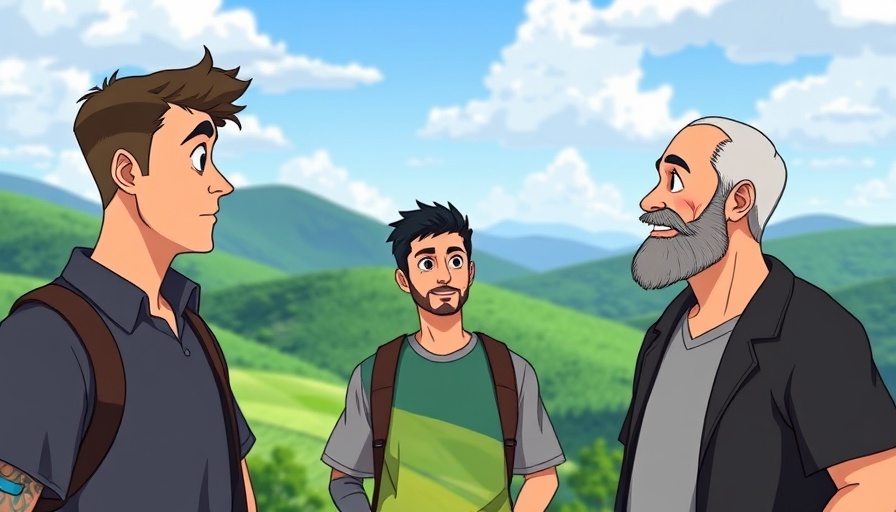
The Whimsical Ghibli Trend Takes Over Social Media
As news of OpenAI's latest image generation tool spread across social media, users quickly jumped on the opportunity to create stunning visuals inspired by the unique animation style of Studio Ghibli. Imaginary landscapes, beloved pets, and even famous political figures transformed into enchanting Ghibli-esque renderings captivated users, leading to a flurry of activity that transformed timelines into digital art galleries.
Understanding the Restrictions
However, just as the excitement peaked, OpenAI implemented restrictions, limiting access to the feature for free-tier users. Many found their creative attempts blocked almost immediately after the initial excitement. This swift action underscored the tension in the world of AI; balancing access to groundbreaking tools while ensuring the protection of intellectual property rights is no small task. The decision reflected not only OpenAI's commitment to ethical responsibility but also the evolving landscape of AI technology.
AI Image Generation: A Competitive Landscape
While OpenAI's offerings are receiving the most attention, they are not alone in the fast-evolving space of AI image generation. Competitors such as xAI’s Grok and Google’s Gemini are also releasing similar capabilities in their services, pushing the industry toward a creative arms race. However, the quality and precision of OpenAI's GPT-4o have set a new benchmark in the field, pushing creators and developers alike to rethink what's possible.
Implications for Creators
This rapid rise of AI-generated art raises many questions for artists and creators. How do we safeguard artistic integrity in a world where AI can mimic styles with ease? The outrage from free-tier users indicates a strong desire for inclusivity in creativity tools. Will we see a call for more equitable access to these types of technologies? For creators, it's becoming critical to engage in conversations around copyright and intellectual property, as navigating these waters will shape the future of their craft.
Looking Ahead: The Future of AI in Art
As AI continues to advance, we can expect even more intricate interactions between technology and creativity. The involvement of tools capable of generating personalized and stylized artwork may not just democratize access to artistic creation but also underpin trends in digital storytelling. OpenAI, along with its competitors, will likely face calls for continuous improvement in accessibility while creating guidelines that honor artistic expression.
Embracing the Transformative Power of AI
This trend not only reflects the playful spirit of social media but also highlights a pivotal shift in how we perceive and engage with technology. The whimsical transformations of beloved characters and iconic places show that AI can bring people together in celebration of creativity. As users, creators, and developers continue to navigate this new frontier, the shared joy of creativity will likely foster richer conversations about innovation, ethical responsibility, and the value that technology can bring to society.
To explore the power of AI in your art and the broader implications it may have on creativity and culture, stay tuned to our updates on trending AI news. Join the conversation today and see where this journey may take you.
 Add Row
Add Row  Add
Add 




 Add Row
Add Row  Add
Add 

Write A Comment